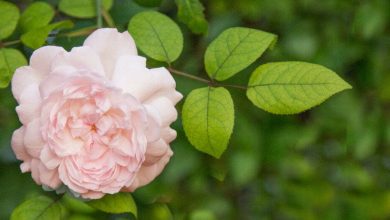How to Fertilize a Boxwood Step by Step – Sembrar100
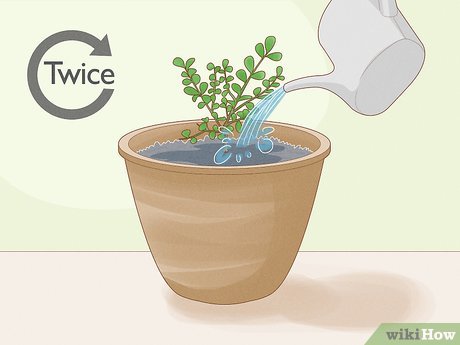
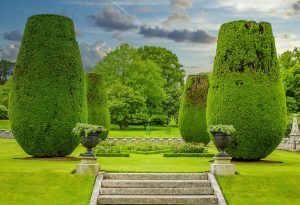 Boxwood is one of those very useful species in gardens because you can have it planted individually or project several together as hedges.
Boxwood is one of those very useful species in gardens because you can have it planted individually or project several together as hedges.
In both cases, it is essential that it be a healthy plant and, above all, with an optimal amount of nutrients.
The boxwood composting strategy is the tool that will allow you to accomplish both goals, even if you know very little about its care.
But since it is our mission that you are very well informed, here we will leave you all the aspects that you should consider on this topic. Are you interested?
Why is it important to fertilize boxwoods?
The process of fertilizing boxwood fulfills several functions within the plant:
- Growth: in the first phases of life, the supply of nitrogen from the fertilizer helps the plant grow faster and with a solid structure.
- Health: pests and diseases are the order of the day at certain times of the year and the boxwood does not escape the possibility of damage. Given this reality, there is nothing better than keeping the plants well nourished so that they are capable of offering them resistance on their own.
- Reconstruction: if the plant has been affected by agents or you have recently pruned it, a good nutritional state will help it to recover more quickly.
- Physical characteristics: properly fertilized boxwood plants will also look more beautiful with leaves in a pronounced green color that will not leave anyone indifferent.
How often should we pay the boxwoods?
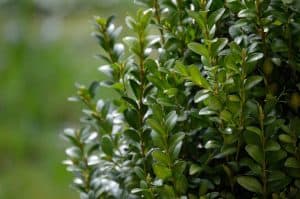 Boxwoods are fertilized in the period from mid- spring to mid-autumn.
Boxwoods are fertilized in the period from mid- spring to mid-autumn.
In a pot, fertilization is promoted together with the irrigation water once a week, noting that everything depends on the type of fertilizer used.
If you use a slow or extended release subscription, you will most often only have to run one or two subscription processes during the period. In fact, studies show that such a fertilizer application will be efficient for up to 6 months.
The last fertilization of the autumn days will help you to be strong to face the low temperatures of winter.
What Nutrients Do Boxwoods Need?
The most important macronutrients for boxwoods are nitrogen (N) and potassium (K).Although phosphorus (P) is a macronutrient that is also worth having in appropriate amounts, boxwood is not a plant with showy flowers and this is important, especially in those cases.
When the boxwood has been established to fulfill the functions of hedges, nitrogen becomes even more important to ensure that it grows faster and thicker. Potassium, for its part, is in charge of ensuring that all parts of the plant have sufficient strength during its growth.
Thus, it will be very capable of withstanding the cold weather and staying in optimal conditions when spring arrives.
What kind of fertilizers do boxwoods need?
The best way to fertilize boxwoods is through fertilizers that are specially designed for them.These are manufactured based on studies that allow them to offer the exact levels of each nutrient for the specific boxwood.
The important thing in this matter is to ensure that they are ecological and not synthetic so that no damage is caused to the plants and the substrate.
Organic fertilizers are a good plan when the plant is newly planted or a transplant is going to be practiced, since they help to enhance the conditions of the substrate.
The most common is to bet on homemade organic matter such as compost, since its price is almost zero if you make it at home and it contains all the nutrients that are needed.
How do we prepare fertilizer for boxwoods?
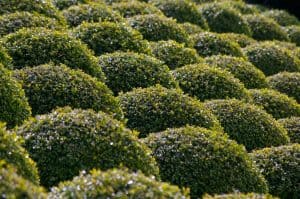 Boxwood fertilizers are available in various presentations, most of them with the ease of allowing the product to dissolve in water.
Boxwood fertilizers are available in various presentations, most of them with the ease of allowing the product to dissolve in water.
Thanks to this system, it is possible for the fertilizer to be supplied to the plant through irrigation and for it to be absorbed through the leaves themselves or, failing that, through the roots.
Take into account that each brand of fertilizer for boxwoods will have a different work structure, so it is worth dedicating yourself to studying them. This simple action can be the difference between a healthy, well-nourished plant and an overfed plant that begins to falter.
Another way to supply fertilizer is with extended release products. These are also applied with irrigation, but less frequently. If you are using a homemade organic fertilizer such as compost or worm castings, the application is best done around the roots.
This means, in the area that is in their environment and not directly on the base because you could cause significant damage to them.
How do we detect if the boxwoods need fertilizer?
Boxwoods tend to maintain good health if manure processes are adjusted. However, when the leaves start to turn yellow it can be a bad sign.
In case of verifying that it is due to a nutritional deficit, the most convenient step is to incorporate fertilizer with a certain level of nitrogen, since it is probably due to a shortage of this.
This symptom can also appear due to low iron levels, in which case the leaf will turn yellow, but the veins will be green. This condition is known as iron chlorosis.
If a box tree grows very slowly and you consider that the nitrogen levels are adequate, it could be due to a lack of calcium. Boxwoods are plants with very good characteristics regarding adaptability and resistance. Hence, they are so useful to work as hedges.
This does not exempt them from needing sufficient attention in terms of care to be healthy and fulfill their mission efficiently, even considering the ornamental theme.
Composting boxwood is a strategy of incomparable value, especially when working with the ideal conditions for them. And with this we already gave you all the theoretical tools in this regard, now it will be up to you to put them into practice to obtain the best results, do you dare?
Bibliographic references
- Contributions to the phytosociological study of boxwood (Buxus sempervirens) communities in the Subbetic sector (Andalusia, Spain), JA Torres, E Cano Carmona, A García Fuentes – 1996 – riuma.uma.es
- Keys to the cultivated taxa of the genus Buxus L. in the province of Valencia, DG Ortiz, G Mateo, JAR Picornell – Bouteloua, 2008 – dialnet.unirioja.es
- Salinity in ornamental crops, J Betrán Aso, R Aragüés Lafarga – 1990 – citarea.cita-aragon.es
- The plant landscape of the high Navarrese Pyrenees, G Meaza – Lurralde, 1990 – ingeba.org
- Potted Gardens, K Heimberger-Preisler – 2008 – books.google.com
Maybe you are also interested in:

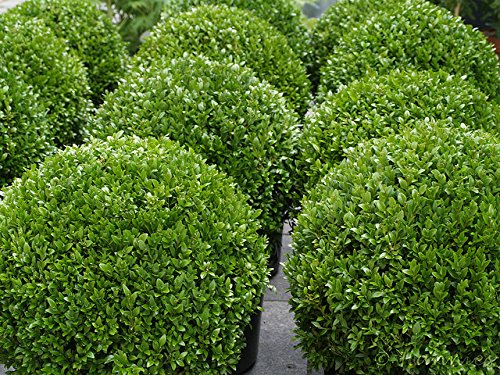
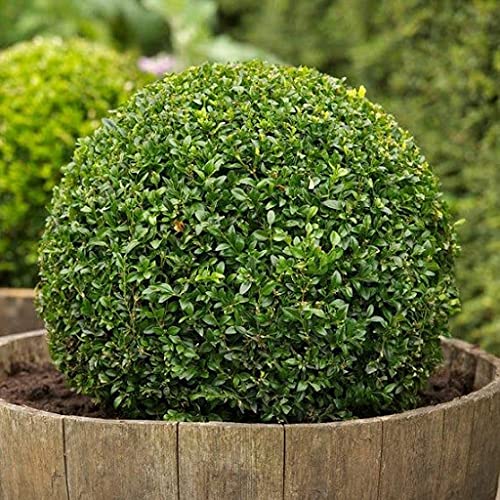
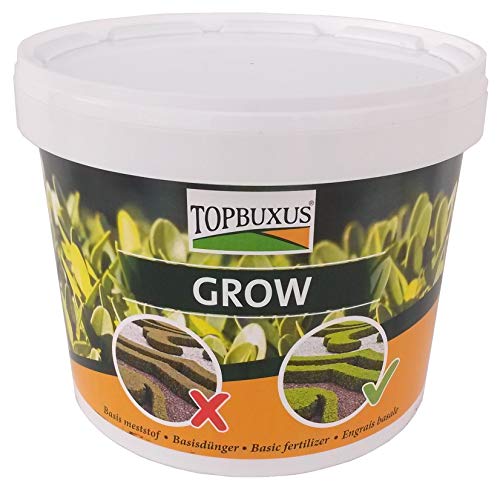
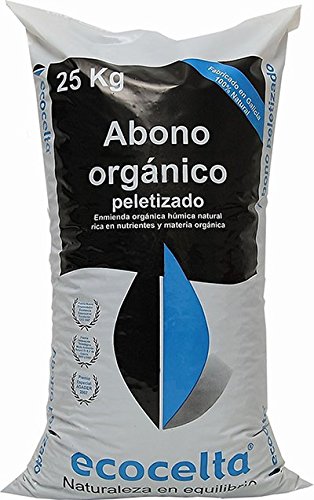
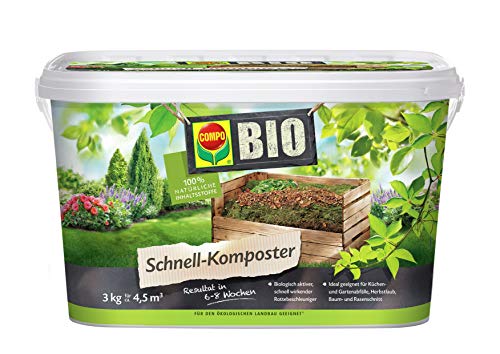
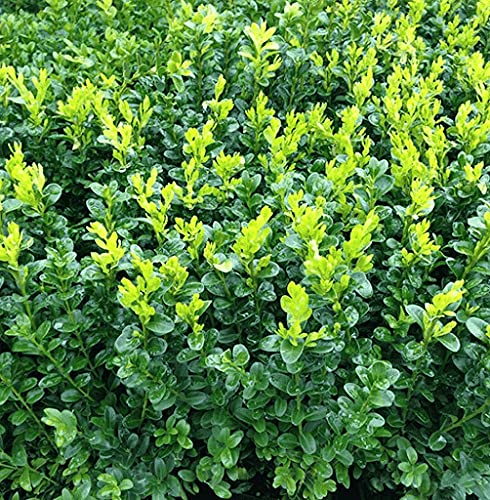
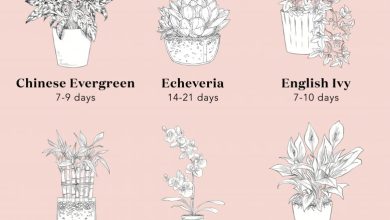
![Photo of How to Plant a Hazelnut and Harvest Your Own Hazelnuts: [Complete Guide]](https://www.complete-gardening.com/wp-content/uploads/2021/06/sembrar-avellanas-390x220.jpg)
